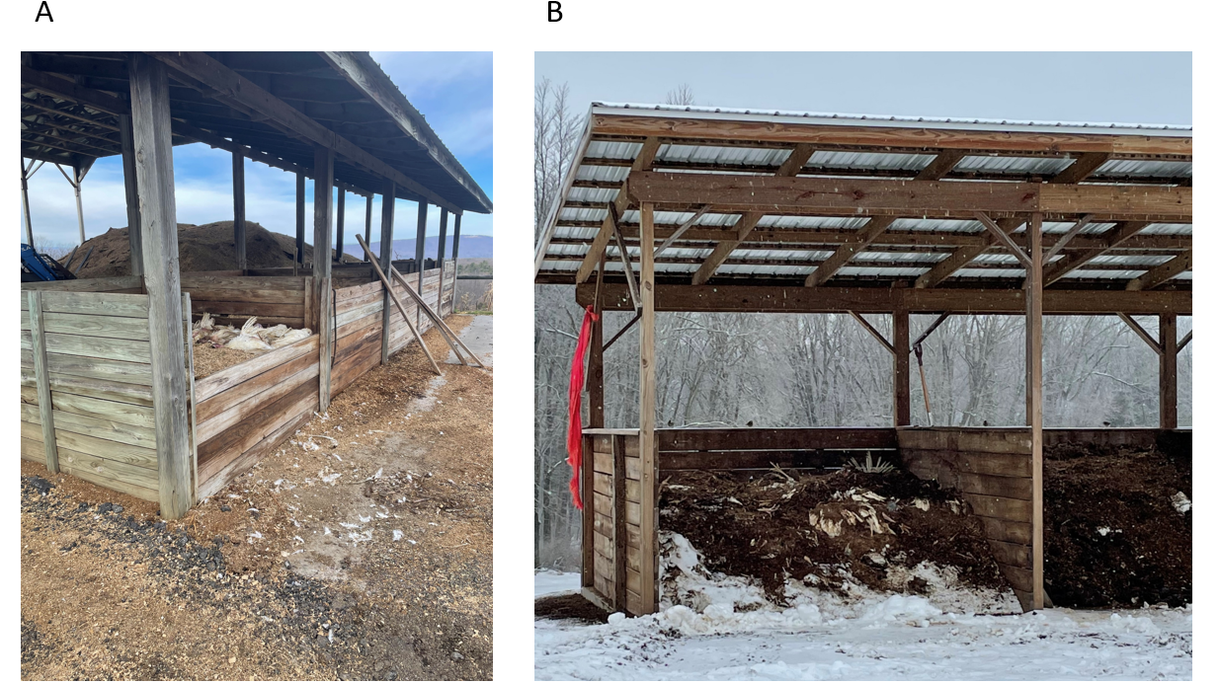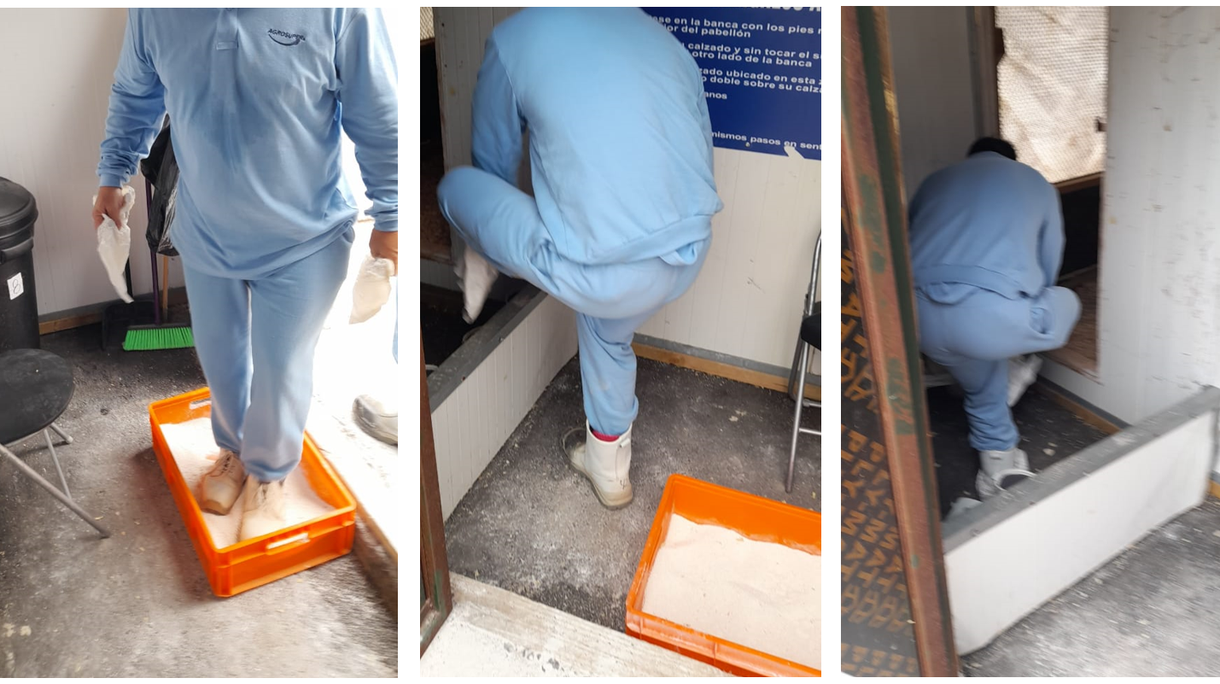
Published on March 8, 2023
How to protect your flock against Clostridial Dermatitis
Refresh your knowledge on the top three areas of focus when it comes to biosecurity protocols that protect against dermatitis.
Clostridial dermatitis is a damaging disease that continues to present itself in flocks all across North America. When a turkey is affected, the disease causes disruption of the gut microflora and can result in overgrowth of clostridia. Bacteria, viruses, parasites, and toxins will all challenge the gut barrier, and a breach will allow clostridia to enter the blood stream. Besides negatively affecting the growth and performance of the flock, this disease is a serious concern for animal welfare.

To prevent clostridial dermatitis, the best defense is to change environmental conditions so that clostridial growth does not occur. Unfortunately, once the symptoms become visible, it is often too late to stop the effects of the disease. We encourage growers to be proactive rather than reactive in their practices of biosecurity and animal health.
The key to dermatitis prevention, is changing mindsets that adopt a more bio secure environment for the health of your turkeys. Refresh your knowledge on biosecurity and the steps needed to eliminate harmful pathogens that cause diseases such as clostridial dermatitis.
There are many areas of importance when it comes to biosecurity practices that protect against dermatitis, but this article will focus on the top three focus areas.
- Bird disposal
- Rodent and insect control
- Personnel procedures
Bird disposal
When dealing with a health challenge, dead birds are an unfortunate but unavoidable consequence. It’s important to have the right procedures in place so that these carcasses don’t attract insects or rodents and cause a larger problem. Composters and litter piles are great incubators for Clostridia bacteria. Procedures should be put in place so that dead birds are picked up at least two times each day. If faced with a health challenge, increase the frequency to every 3-4 hours so that pathogens are not transferred into the litter. After picking up the birds, they should be properly disposed of using an incinerator, or at a compost site.
Between these two photos, which farm has the higher risk?

Rodent and insect control
Rodents, flies, and darkling beetles are disease spreading vectors. However, the emergence of insects are often symptoms of a larger problem, typically when dead birds are not disposed of correctly. Refer to the guidelines on bird disposal above to take the first step in preventing issues with insects such as darkling beetles.
Both darkling beetles and larvae along with flies in compost areas have been cultured with Clostridia bacteria on CD positive farms. To control darkling beetles and flies you must attack them at their source. This is most often at the litter piles/sheds and composters as well as barns. Both can be treated with the same products: use a combination of adulticide with an Insect Growth Regulator to stop both adult and immature stages of development. Contact your local suppliers to get professional help setting up a rotational spraying program.
Rodents are another common vector for disease and can find any small opening to get into your barn. It is important to keep the barn perimeter clean of any debris that rodents can use for hiding or nesting.
Between these two photos, which farm has the higher risk?

The correct answer is B. Note that the exterior of the A barn has a clean perimeter of any weeds and debris
Biosecurity Measures for People in the Barns
When it comes to the traffic of people in the barns, a good rule is to follow protocols as if everyone is a visitor. This includes
- Danish entry system (a two zone or three zone layout to separate the exterior and interior zones)
- Proper footwear (clean or plastic boots)
- Separate coveralls
- Hand sanitation
- Foot disinfectant
What would you guess is the percentage of disease outbreak when comparing with or without biosecurity measures such as coveralls and clean boots?

The result is significant. According to a study on transmission of Mycoplasma Gallisepticum (MG) by North Carolina State University, when using clean or farm owned coveralls, the percent of infected birds was only 12% when compared to 65% without the use of separate coveralls. When using clean or plastic boots, the percentage was only 6%, compared to 27% infected without the use of clean footwear.
When it comes to biosecurity, small steps add up. Take a careful look at your operations for some of these areas of risk to ensure that your flocks are well protected against harmful diseases such as Clostridial Dermatitis.
To learn more about other areas of risk when it comes to turkey health and biosecurity, visit these resources.
- Water sanitation programs
- Minimum ventilation for proper air quality and litter control
- Managing internal risks



